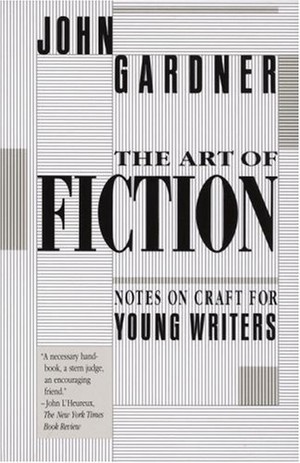
Tully has a life goal for them both: They will become network TV anchorwomen. In college, “TullyandKate” pledge the same sorority and major in communications. Tully takes refuge with the family of her “best friend forever,” Kate Mularkey, who compares herself unfavorably with Tully, in regards to looks and charisma. Tallulah “Tully” Hart, father unknown, is the daughter of a hippie, Cloud, who makes only intermittent appearances in her life. Lifelong, conflicted friendship of two women is the premise of Hannah’s maudlin latest ( Magic Hour, 2006, etc.), again set in Washington State. (In passing, for instance, he decrees that the "nobler" a character's goal, "the more interesting the story"-a dubious formulation.) Repetitious and disorganized, heavier on rhetoric than step-by-step guidance-but sure to interest creative-writing teachers and, to a lesser extent, beginning writers. And, along with a few pages of exercises, there are not-always-coherent comments on contemporary writing trends (metafiction, absurdism, etc.) and reaffirmations of Gardner's "moral" approach to fiction.

There's brief discussion of a few purely technical matters-vocabulary, sentence structure, poetic rhythm-and more elaborate discussion of plotting: illustration of three different general methods. that he is less concerned about his characters than he ought to be").

(The Helen of Troy story is used as a flexible example.) He suggests a genre approach to the beginning writer: not "write what you know," but "write the kind of story you know and like best." He runs through a variety of writing mistakes, things which distract from the "dream": clumsy prose, needless explanation, sentimentality, mannerism, and frigidity (which "occurs in fiction whenever the author reveals. Again, Gardner emphasizes that good fiction is a "vivid and continuous dream." He advocates commitment, truth, precise details, and the "principle of profluence" (what moves the narrative along, holds it together)-with brief discussions of subject, plot, character, setting, theme, and style. 428), these lecture/instructions on writing-completed before novelist/teacher Gardner's death last year-involve an often-dense mixture of theory, philosophy, and practical technical matters.


 0 kommentar(er)
0 kommentar(er)
